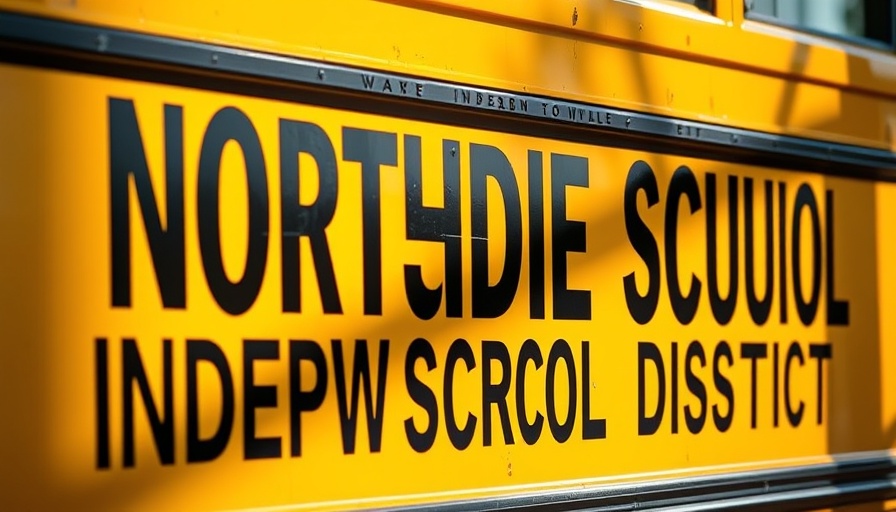
The Battle for Northside ISD: Union Influence and Incumbent Challenges
As Northside Independent School District (NISD) in San Antonio heads into its upcoming school board elections, a fundamental shift rooted in community concerns and union dynamics is making waves. This year, incumbents are facing an unprecedented challenge from a slate of union-backed candidates, marking a pivotal moment in local educational governance.
Understanding the Stakes
The positions on the NISD school board have historically been highly sought after, influencing thousands of students and their families. With a significant chunk of the district's resources at stake, the election outcomes will directly affect educational policies and funding, making it essential for voters to engage deeply with candidates' platforms.
Candidates like Rebecca Bell and Alonzo Farias, armed with endorsements from robust labor unions, represent a new wave of challengers, focusing on the critical needs of educational equity, teacher compensation, and students' mental health. Union backing signifies not only financial support but also grassroots mobilization that can tip the electoral scales.
Community Concerns: What's Driving Voter Motivation?
Educators and parents have voiced their concerns about a perceived lack of responsiveness in the current board. Issues surrounding classroom resources, pay, and overall student well-being have driven activists to support candidates that echo their sentiments. According to a recent survey, 75% of parents prioritized teacher retention and mental health resources, illustrating the urgency of these issues in voters’ minds.
The Power of Union Support
Union backing can significantly amplify a candidate's visibility and outreach capabilities. According to labor experts, high-profile endorsements often come with strategic advantages—canvassing efforts, coordinated messaging, and substantial financial resources that are critical for a successful campaign.
The San Antonio Federation of Teachers, for instance, has mobilized its membership to drive home the importance of informed voting, shedding light on how board decisions impact daily classroom experiences.
Counterarguments and Diverse Perspectives
While union-backed candidates promote progressive change, incumbents argue that their established connections foster essential stability and continuity in schools. Critics of union influence caution that such backing could lead to policy shifts that may not align with the broader community’s expectations.
Supporters of incumbents emphasize the ongoing initiatives that have shown improvement metrics in student performance and resource allocation. They argue that experience is invaluable and claim that certain union-driven policies may inadvertently disrupt the successful strategies already at play.
What the Future Holds for Northside ISD
The NISD election is set against a backdrop of heightened political engagement within educational realms across the nation. The outcomes here in San Antonio might not just set the tone for future school boards in Texas, but also contribute to a growing narrative about educational reform.
Voter turnout is likely to be significant, as both sides are ramping up their efforts. Activists encourage community members to participate and make their voices heard, stirring up discussions about educational values, accountability, and the role of unions in public schooling.
Join the Conversation
With critical issues on the table affecting education in the San Antonio area, this election serves as a significant touchpoint for parents, educators, and community stakeholders. The diverse perspectives represented in this election highlight the need for discussions surrounding best practices in education. Residents are encouraged to investigate candidates thoroughly and engage with ongoing dialogues to foster a vibrant educational environment.
 Add Row
Add Row  Add
Add 




Write A Comment